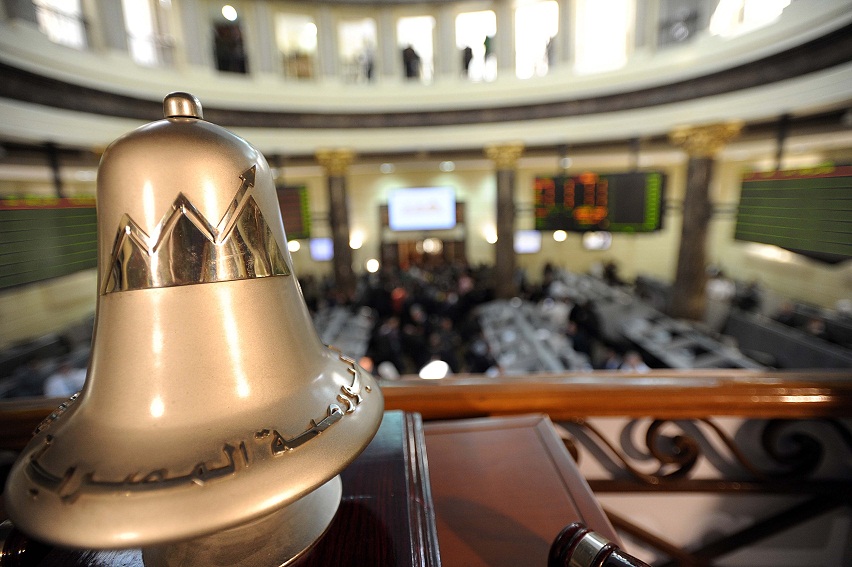
(Photo from Wikipedia)
Ahmed Abdalla follows Heliopolis and Microphone with his third feature Rags and Tatters, shown for another week in Egyptian cinemas after an extension of its original screening time of one week.
In Rags and Tatters, Abdalla delivers his strongest and most emotionally draining film. The film follows a nameless protagonist who escapes in the opening of the prisons during the 18 days of protests. The plot loosely follows the protagonist, played poignantly by Aser Yaseen, as he goes for help after his friend is shot.
The film’s plot is hardly the main focus; we follow the protagonist’s journey but the focus is rarely on him or on the chain of events. Instead, it highlights the protagonist’s journey and the people he meets, taking us through both his exciting and mundane moments, but does it with a dream-like quality that grips our attention.
The film is visually stunning; so many of its shots are put together with intimacy and care and it features gorgeous cinematography. Abdalla’s cinematic style is at its most mature here, with bold and dazzling visual language.
Most of the film takes place with barely any dialogue, and the main character almost never speaks. Though this interesting stylistic choice works quite well for the most part, there were a few instances, where characters gesticulating soundlessly, that became somewhat awkward from an acting perspective. That said, the main character’s silence, not to be mistaken for passivity, goes far in enhancing the film’s narrative.
There were a few rare moments where I felt the social commentary was not subtle enough, but the film manages to convey the nuances and complexity of the protagonist’s life and the events engulfing the country without simplistic depictions or belittlement.
Rags and Tatters can be interpreted as a highlight of how some did not fit the mainstream narrative of the revolution and how their voices were silenced, but this goes both ways. The protagonist ignores the events just as much as they ignore him. His life and the lives of those around him are certainly changed by the revolution, but the political implications are not of direct consequences to the protagonist, at least not initially. The film cannot be described as being about the revolution; the real stars of the film are those he meets on his journey and the focus is on their stories.
Rags and Tatters is both majestic and modest; its lyricism makes for a beautiful visual narrative, but it is also a sombre and thoughtful look at Egypt’s post-revolutionary condition. For all its gravity, it is full of subtle, moving and uplifting moments and handles itself with grace and poetry.




